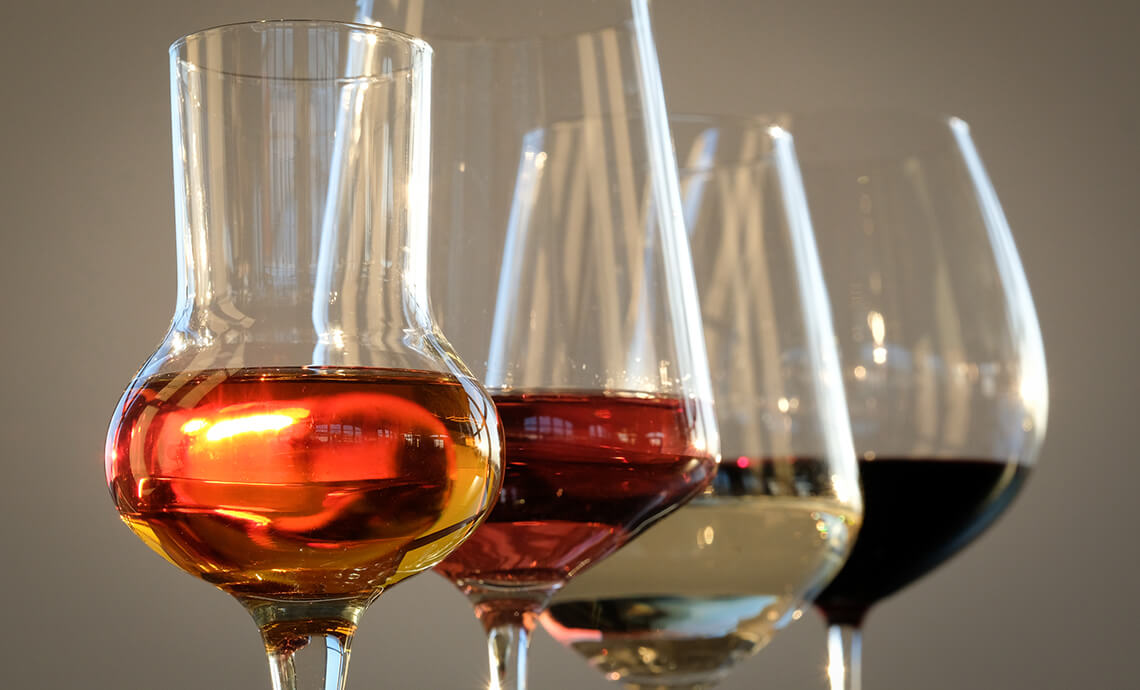Types of Red, White and Sparkling Wine Glasses
Each wine has its own appropriate type of glass. Depending on the sensory characteristics and age of a wine, the best approach to tasting may vary. But how should we decide which type of glass to use for certain red or white wines?
How to choose the wine glass
The choice should be made following some basic rules.
- The glass should be long-stemmed, made of glass, smooth and colourless. In this way the taster can observe the colour and nuances of the wine, as well as the traces that it leaves inside the glass, such as legs and droplets that form when the sides are moistened by the liquid.
- The glass should be thin-walled, so as not to distort the tactile sensations of the wine when it comes into contact with the lips and oral cavity.
- The stem should be long enough to prevent the smell of your hands from interfering with the aromas of the wine, and their warmth from altering its temperature, which, in the case of white and sparkling wines, must remain cool.
There are, however, different types of wine glasses. Let’s look at them in turn, and find out which one to use when serving wine at dinner.
Types of glasses for sparkling wines
The coupe
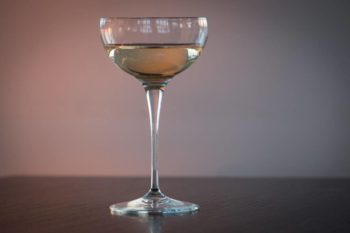
The coupe is suitable for aromatic sparkling wines, obtained for example from moscato bianco or moscato giallo grapes. The strong aromas of these wines saturate the nose in a short time. The wide shape of the glass serves to overcome this problem.
The glass for sparkling wine
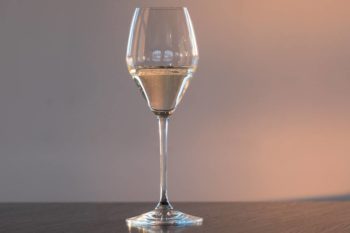
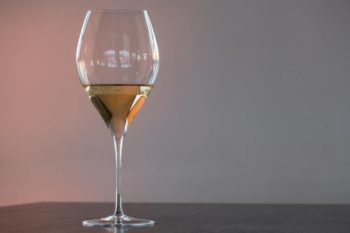 Flûte or not? Sparkling wine producers have progressively abandoned the beautiful slender flûte to adopt a glass with a wider convex shape at the sides, in order to allow the wine to express its aromas to the full, and to allow the creaminess of its texture to be appreciated, especially in metodo classico wines.
Flûte or not? Sparkling wine producers have progressively abandoned the beautiful slender flûte to adopt a glass with a wider convex shape at the sides, in order to allow the wine to express its aromas to the full, and to allow the creaminess of its texture to be appreciated, especially in metodo classico wines.
For the latter, the shape will be similar to that for Charmat method sparkling wines, only larger.
The glass for young red and white wines
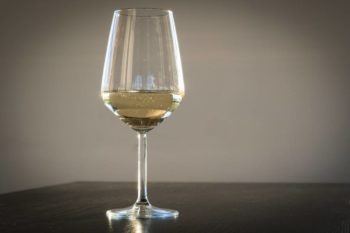
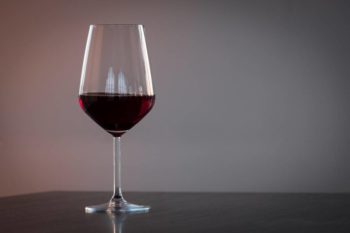 Young, fresh white wines, and red wines with lively acidity, need long-stemmed glasses that channel the liquid to the sides of the tongue. Those most suitable are narrower at the top than in the bowl or are slightly flared.
Young, fresh white wines, and red wines with lively acidity, need long-stemmed glasses that channel the liquid to the sides of the tongue. Those most suitable are narrower at the top than in the bowl or are slightly flared.
The glass for aged white wines
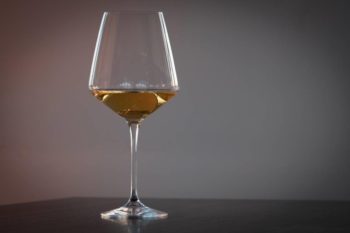 The glass for structured and aged white wines must be larger than the previous one. The larger contact surface of the liquid with oxygen allows the aromas to be released and the wine to regain balance after its time in the bottle.
The glass for structured and aged white wines must be larger than the previous one. The larger contact surface of the liquid with oxygen allows the aromas to be released and the wine to regain balance after its time in the bottle.
The glass for rosé wines
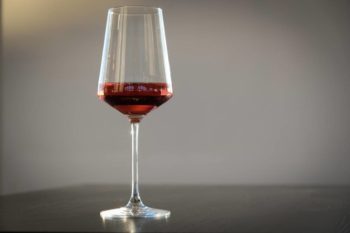 A glass with flared sides and a slightly narrower mouth is ideal for enhancing the delicate aromas of rosé wine.
A glass with flared sides and a slightly narrower mouth is ideal for enhancing the delicate aromas of rosé wine.
The glass for aged red wines
 Red wines which have been aged for a long time require long-stemmed glasses with a well-rounded bowl. The large surface area makes it possible to swirl and oxygenate the wine without having to use a decanter, to release its aromas in all their intensity and complexity.
Red wines which have been aged for a long time require long-stemmed glasses with a well-rounded bowl. The large surface area makes it possible to swirl and oxygenate the wine without having to use a decanter, to release its aromas in all their intensity and complexity.
The dessert wine glass
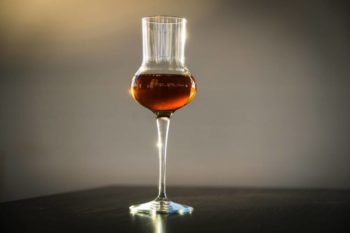 The dessert wine glass is small. Usually, a very small amount is served. It has a rounded bowl to aid the development of aromas and their concentration on the nose, and straight sides up to the rim. In this way the wine arrives quickly in the mouth so that the high sugar levels do not seem cloying.
The dessert wine glass is small. Usually, a very small amount is served. It has a rounded bowl to aid the development of aromas and their concentration on the nose, and straight sides up to the rim. In this way the wine arrives quickly in the mouth so that the high sugar levels do not seem cloying.
Finally, let’s not forget that the glass must be held by the stem and not near to the bowl, and should be raised to the mouth only after the food has been swallowed. Food and wine should in fact enter the mouth at different times. Food moistened with chewing requires no extra liquid in the form of wine, which if drunk this way would simply become part of the recipe and not fulfil its function.
Once a mouthful of food has been swallowed, this is followed by a sip of wine, which cleanses the palate and adds a further dimension. While at the beginning wine and food seem to cancel each other out, after a few moments the components of both reappear, different and enhanced.
Follow us on Facebook and Instagram
Maria Cristina Pugnetti
None foundCould it be interesting for you:

